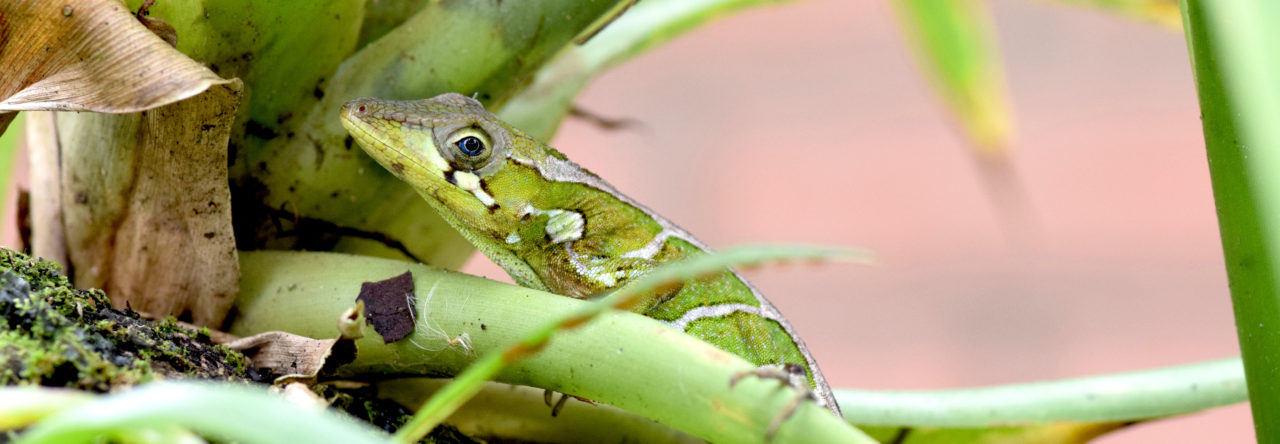
Andrew Stone writes:
I thought some of the contributors to Anole annals might enjoy seeing this–or at least pointing out the mistakes. It can be seen here.
I recently finished a small, multicolor woodblock print of Anolis carolinensis. It took a trip back to Florida to see the actual model but during the preparatory phase I found some useful pictures on your anole website. The print was my contribution to a “Year of the Dragon” exchange among a group of international printmakers.
I took some artistic license–a different block was carved for each color and I tried to keep the number of blocks to a minimum.
You’re welcome to include a link to the website/blog post if you think your regular contributers would enjoy seeing it.
I don’t think I’ll be doing any other anoles any time soon so didn’t wan’t to post as a contributer. If it is too off-topic don’t worry about including it. I just thought anole folks might get a lift out of seeing a layperson’s take of a small, Florida lizard.
- Evolution in Real Time on Lizard Island - March 23, 2025
- Spider Snags Adult Anolis osa - March 22, 2025
- An Homage to the Green Anoles of New Orleans - March 21, 2025


Andrew Stone
Thanks for sharing my little woodblock print with your regular readers/contributers.
A full explanation of this print and some proof states can be seen on my blog:
http://www.rospobio.blogspot.com
It was printed from 6 cherry wood blocks using watercolor pigments and rice paste and printed by hand using a baren, a bamboo coil disc in the Japanese tradition (moku hanga). It was fun to carve and print and I was happy to see these little guys still around on my last trip to South Florida (St. Lucie and Martin counties).